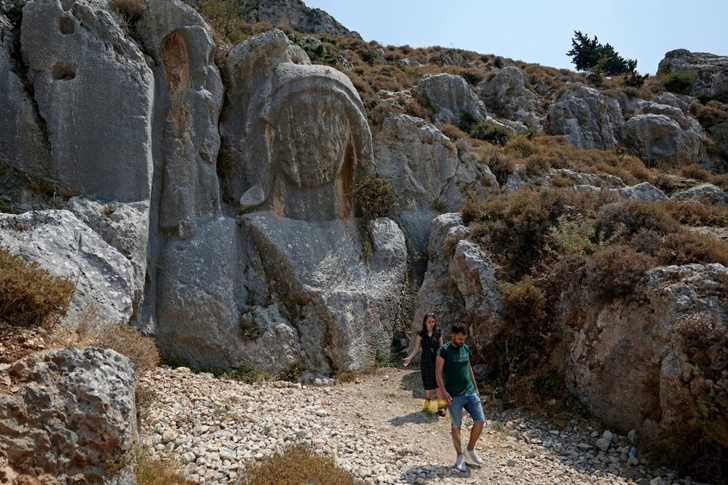Three ancient cities suffered widespread destruction in Monday's massive earthquake in Turkey and Syria: Antakya, Sanliurfa and Aleppo.
Here are some key facts:
- Antakya/Antioch -
Antakya, a city of around 250,000 people in south-central Turkey, large parts of which have been reduced to rubble, was once the ancient city of Antioch which rivalled Alexandria as a major centre of early Christianity and was a key staging point on the Silk Road.
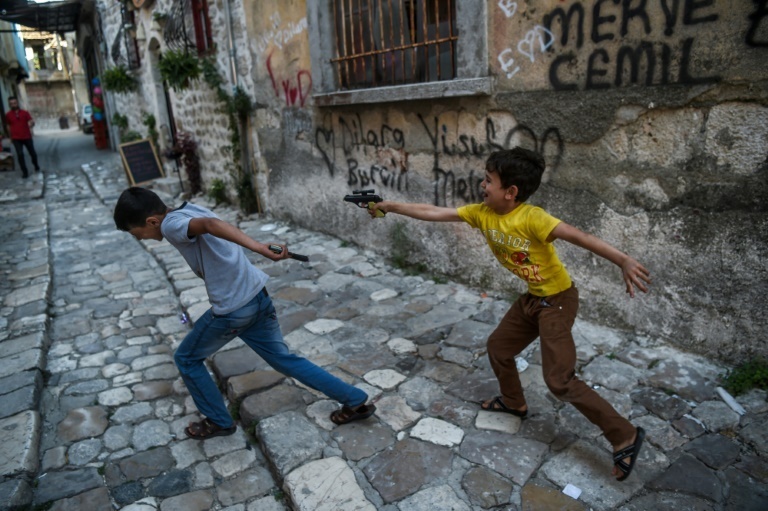
But little remained of the ancient city, which included magnificent temples, theatres, aqueducts, and baths, in modern-day Antakya, capital of the province of Hatay.
A city with a continuing strong Syrian influence, it took in large numbers of refugees fleeing the civil war across the border just 20 kilometres (12 miles) away.
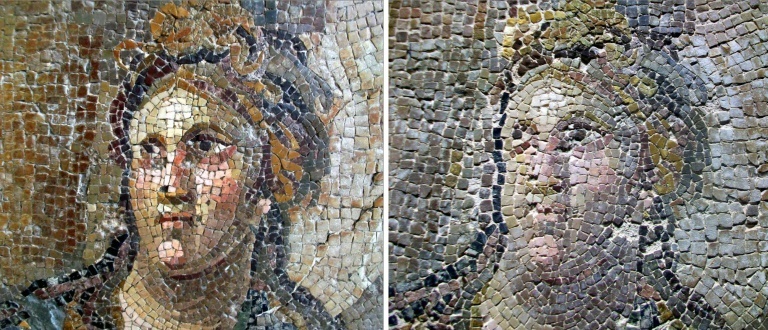
- Sanliurfa -
Sanliurfa, formerly Urfa the Glorious, is the home of the world's oldest known megalithic structures situated at Gobekli Tepe (Potbelly Hill), a UN World Heritage Site, in southeastern Anatolia.
Around 7,000 years before the pyramids of Egypt were built, hunter-gatherers erected monumental enclosures with distinctive T-shaped pillars at the site, which could have been affected by the quake, according to the UN cultural agency UNESCO.
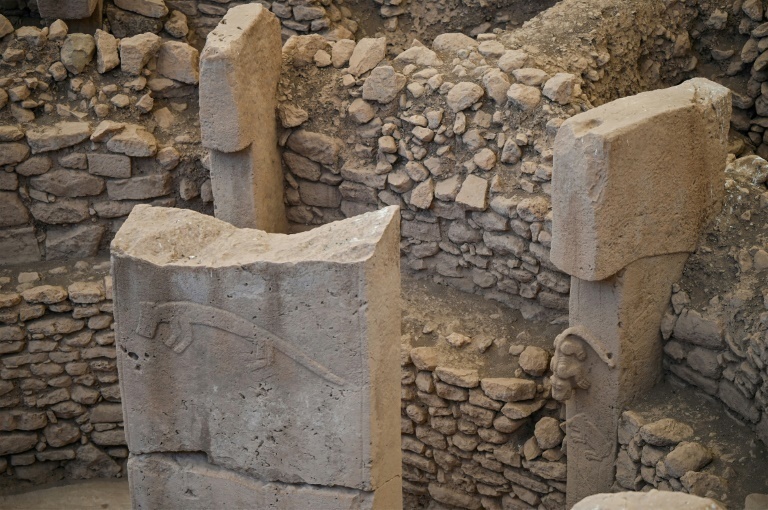
It was the scene of the 1895 massacre of 3,000 Armenians who had taken refuge in the cathedral only to be burned alive.
The capital of one of southeastern Turkey's poorest provinces, Sanliurfa was hard hit by the war in neighbouring Syria. A quarter of its population is made up of refugees.
- Aleppo -
Aleppo is one of the oldest cities in the world to have been constantly inhabited since at least 4,000 BC, thanks to its strategic position between the Mediterranean and Mesopotamia in present-day Iraq.
Before the quake, Syria's second-largest city had already been heavily damaged by four years of fighting from 2012-2016 in the civil war, which left the former rebel-held east in ruins.
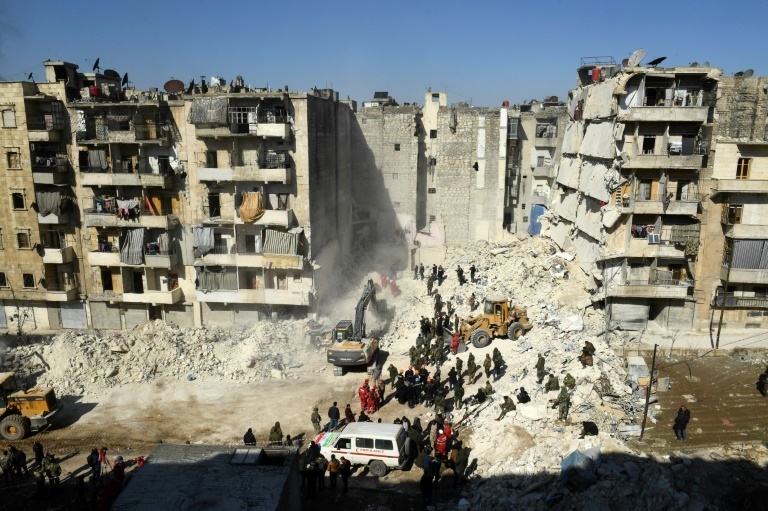
The quake comes less than a year-and-a-half after the souk was reopened following a major restoration effort.
In a preliminary assessment, UNESCO on Tuesday cited "significant damage" to the citadel and said the western tower of the old city wall had collapsed and several buildings in the souks had been weakened.
paj-jmy/cb/ach
© Agence France-Presse
Your content is great. However, if any of the content contained herein violates any rights of yours, including those of copyright, please contact us immediately by e-mail at media[@]kissrpr.com.
Source: Story.KISSPR.com

